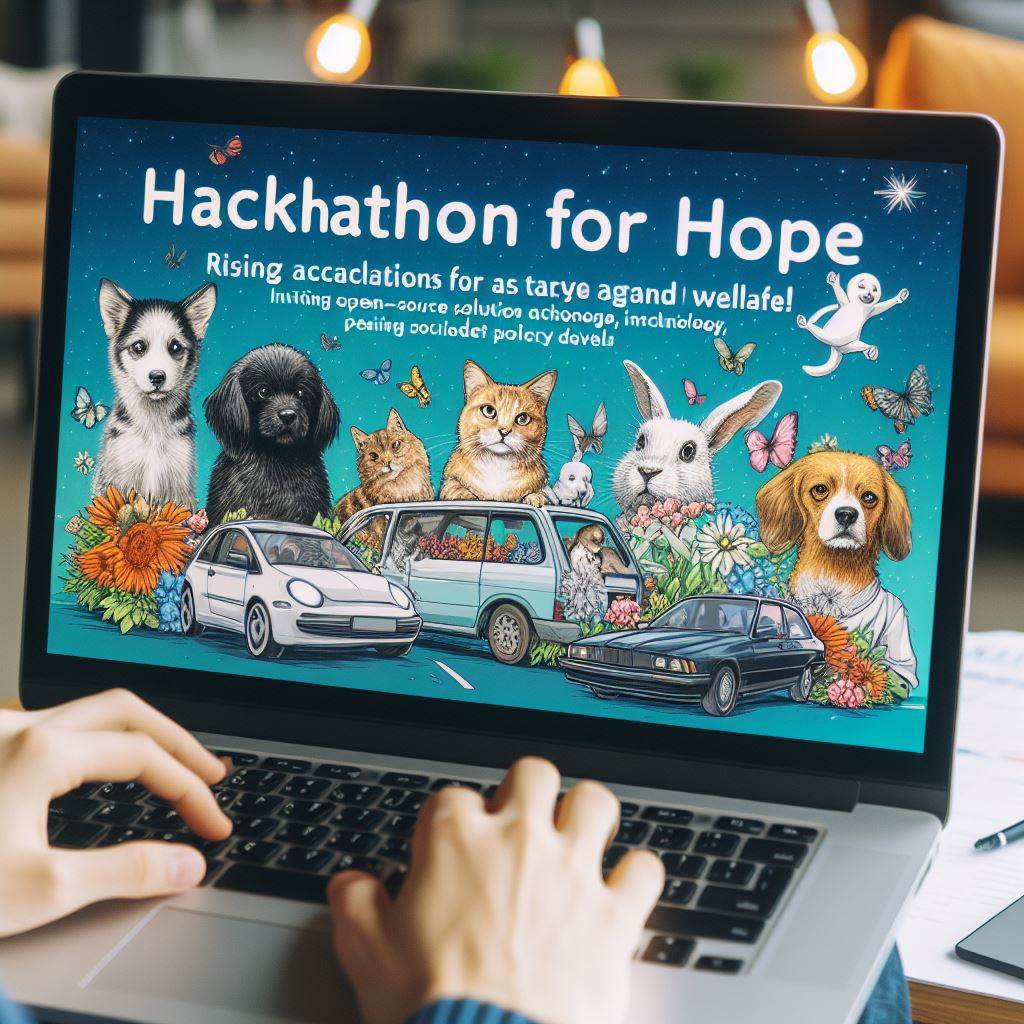In a world where stray animal populations continue to rise, innovative solutions are crucial to address this pressing issue. Hackathons, known for fostering creativity and collaboration, provide an ideal platform for developing open-source solutions to tackle the challenges faced by stray animals. These events bring together individuals from diverse backgrounds, including developers, designers, animal welfare advocates, and experts in various fields, to brainstorm and create impactful solutions. The “Hackathon for Hope” initiative aims to harness the power of technology and community-driven innovation to improve the lives of stray animals worldwide.
The Role of Technology and Open Source: Technology, particularly open-source software and hardware, has the potential to revolutionize how we approach animal welfare. Open-source solutions offer transparency, flexibility, and scalability, allowing developers to collaborate and build upon each other’s work freely. From mobile applications for reporting stray animal sightings to IoT devices for remote monitoring and data collection, technology can help communities better understand and manage their stray animal populations. Moreover, open-source projects encourage community engagement and empowerment, enabling local stakeholders to take ownership of the solutions that directly impact their communities.
Key Areas for Innovation:
- Data Collection and Analysis: Developing tools for gathering and analyzing data on stray animal populations can provide valuable insights for implementing targeted interventions and resource allocation.
- Community Engagement: Creating platforms and applications that empower community members to report stray animal sightings, participate in TNR (trap-neuter-return) programs, and collaborate with local animal welfare organizations.
- Healthcare and Veterinary Services: Leveraging telemedicine and mobile clinics to provide essential healthcare services, including vaccinations, spaying/neutering, and emergency care, to stray animals in underserved areas.
- Education and Awareness: Utilizing multimedia platforms, such as mobile apps and educational games, to raise awareness about responsible pet ownership, animal welfare laws, and the importance of sterilization and vaccination programs.
- Sustainable Infrastructure: Designing low-cost shelters, feeding stations, and waste management systems that can be easily deployed and maintained by local communities.
Impact and Sustainability: By harnessing the collective creativity and expertise of participants, the “Hackathon for Hope” initiative has the potential to generate innovative solutions with far-reaching impacts. These solutions can help reduce stray animal populations, improve their quality of life, and foster harmonious coexistence between humans and animals. Furthermore, by promoting open-source development and community collaboration, these solutions can be adapted and scaled to address similar challenges in other regions and communities, ensuring their long-term sustainability and impact.
